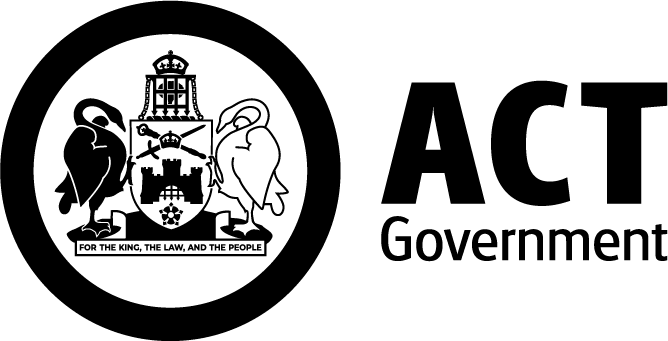On hard surfaces such as major roads, laneways, shopping centres and fence lines we use a registered herbicide called glyphosate, commonly known as Round Up. Glyphosate is the most effective and cost-efficient chemical treatment for weed control in these areas.
In exotic grasslands and barren area, we use a pre-emergent chemical called simazine that prevents weed growth by blocking seeds from germinating. We do not spray this around native plants, waterways or on hard surfaces to protect our environment from run-off.
All glyphosate and simazine products registered for use in Australia have been through a robust chemical risk assessment process by the Australian Pesticides and Veterinary Medicines Authority and are safe to use provided they are used as per the label instructions. Once dried down, the likelihood glyphosate can be transferred to other plants is low. On a warm day, the treatment dries as quickly as 30 minutes.
Before spraying, our teams consider the weather forecast for the next seven days. To reduce run-off into the stormwater network, our team will not spray within 60cm of a drain or if it is forecasted to rain. Instead, they may proceed with another method of weed control if appropriate.
Along roadsides, a vehicle fitted with an optical boom sprayer is used to spray weeds. It features an infra‑red beam to identify plant material and then applies herbicide to the plant. This improves the accuracy of the spraying, reduces the amount of herbicide we use, and means it can be undertaken at night to minimise disruption to traffic.

